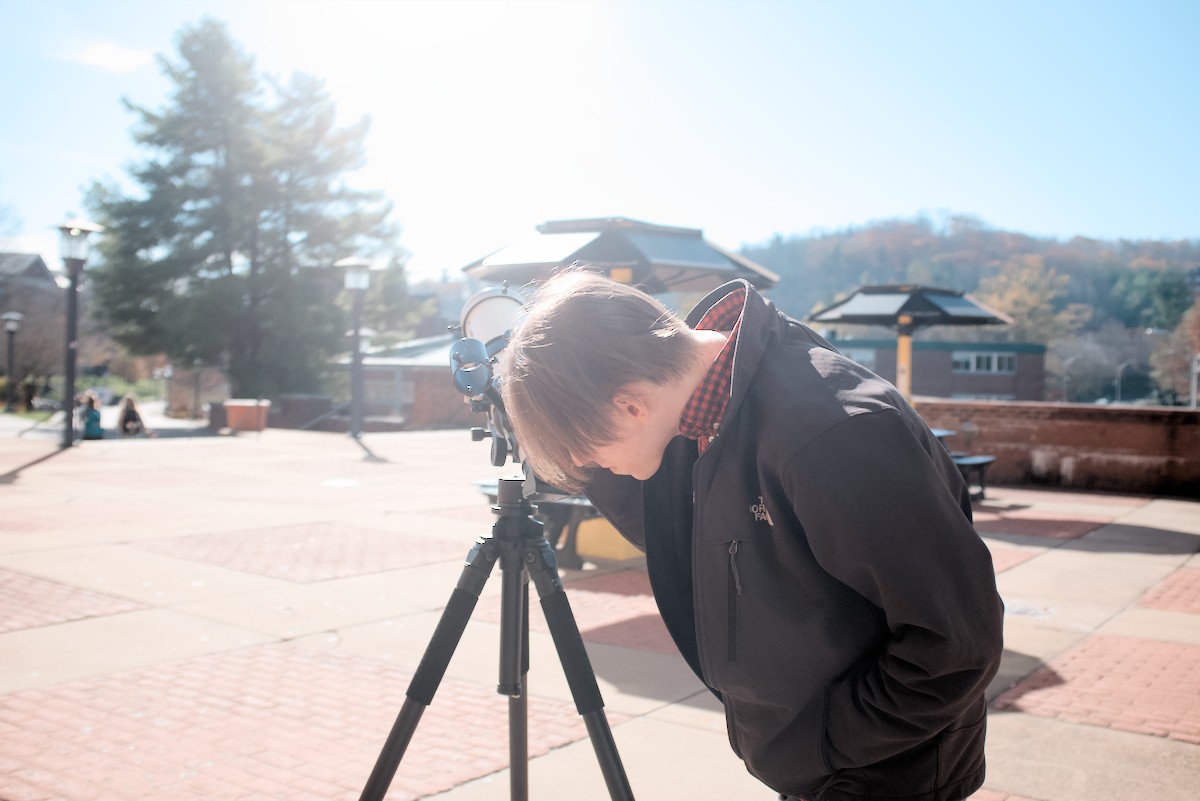I’ve been experimenting with Darktable 3.0 RC0 and RC1 for the last week or two and have been noticing strange halo effects with the new filmic RGB module. I was a pretty happy with the old flmic module and thought I had my head wrapped around the workflow. I was getting what I considered to be good results out of it at any rate, much better than base curve the vast majority of the time. I haven’t messed with the ordering of the modules in the pixel pipeline in Darktable 3.0 so they are as they are set out of the box.
In RC0 and RC1 I’ve noticed this strange halo effect with filmic RGB that seems to depend on white balance. Since a photo is worth 1000 words here are a couple of examples. These photos were imported straight into DT 3.0 RC1 without any legacy 2.6.x edits.
These were shot on a Fuji X100s if that makes a difference, haven’t messed with an Nikon RAWs in 3.0 yet. I know X-trans demonstrating can be peculiar compared to Bayer and maybe that has something to do with it? I tried the single and three pass settings included in demosiac and they didn’t seem to make much of a difference.
Super old school base curve edit:
New filmic RGB edit with the same white balance setting as the basecurve edit:
Filmic RGB edit with the white balance adjusted until the halos disappeared. Looks like you’re standing on the surface of the sun but those ugly halos around the tree are gone:
Also decided to tive RawTherapee a shot to see if it did the same thing and it does not.
Out of curiosity I went back and found another semi-backlit photo that I had edited with the 2.6.x version of filmic, duplicated it and tried to repeat the edit in 3.0 with filmic RGB. Old filmic did not produce halos at any white balance setting but the new RGB version wants a very warm looking white balance to prevent halos. Example below. Also shot with a Fuji, this time an X-T2. Please excuse the snapshot nature of these photos as they are just of my friends during some outings! They are not meant to be artistic portfolio-grade images!
Old 2.6 filmic edit:
New filmic RGB (RC1) with same WB and other settings as above:
New filmic RGB (RC1) with WB adjusted until halos disappear:
The effect on this image isn’t as extreme as my solar telescope viewing photo from above but it’s still noticeable. Check out the young woman’s sleeve on the right under the filmic RGB edit for the most obvious artifacting. The amount of warming required isn’t as extreme either. No RawTherapee comparison for this one either.
I’m attaching some XMP files below, along with the RAWs for you fine folks to look at. I’m sure I’m missing something or didn’t read some documentation somewhere!  Thanks for reading if you made it this far, hopefully something I typed up there is useful.
Thanks for reading if you made it this far, hopefully something I typed up there is useful.
First photo (solar telescope)
Link to RAW file so I don’t use a lot of this fine site’s storage:
base curve edit
_DSF9414.RAF.xmp (5.9 KB)
filmic RGB with halos
_DSF9414_01.RAF.xmp (10.5 KB)
filmic RGB with extremely warm WB correction but no halos
_DSF9414_02.RAF.xmp (10.9 KB)
Second photo (street fair)
Link to RAW file so I don’t use a lot of this fine site’s storage:
2.6 version filmic
_LGH2119.RAF.xmp (16.4 KB)
3.0 RC1 filmic RGB with halos
_LGH2119_01.RAF.xmp (15.8 KB)
3.0 RC1 filmic RGB with warmer WB and no halos
_LGH2119_02.RAF.xmp (16.2 KB)







 Just curious as to why Filmic RGB either highlights this issue or causes this issue. Again, old 2.6.x filmic seemed to process it fine.
Just curious as to why Filmic RGB either highlights this issue or causes this issue. Again, old 2.6.x filmic seemed to process it fine.




